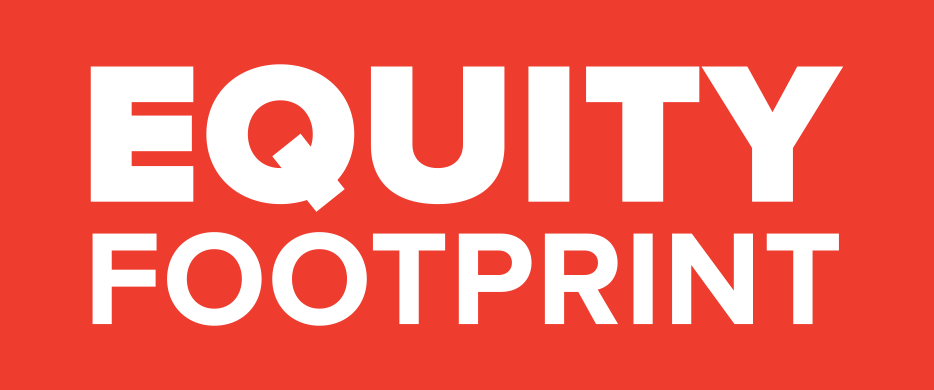ORGANIZATIONAL CULTURE
Norms, habits, and underlying beliefs of foundations
Although difficult to measure, internal culture is tremendously important in evaluating any organization’s Equity Footprint.
Grantmaking
Where, how, and to whom foundations give their resources
The channels through which foundations choose to give have great bearing on the accessibility of grants and, ultimately, their distribution.
Investments
Where foundations hold, invest, and manage their assets
A foundation’s investment strategy can directly contradict the equity-centered goals of its own grantmaking program.
LeADERSHIP AND GOVERNANCE
How foundations are governed and by whom
Foundation executives and trustees are the stewards of a foundation’s power as grantmaker, employer, and investor.
operations
Foundations’ internal practices and policies, human resources, vendors and consultants
Foundations are employers, and as such, they have the responsibility to look internally when maximizing their Equity Footprint.
communications
Which stories foundations choose to tell and who is included in storytelling
Storytelling and communications are not processes that are tangential or automatic; rather they form a central part of a foundation’s strategy, undertaken deliberately with specific intentions or goals.
evaluation & learning
Essential base of knowledge for organizational learning, strategy building, and decision-making
Within philanthropy, evaluation often involves first framing an issue and then collecting, analyzing, and interpreting data for the purpose of understanding the effects of a foundation’s efforts to address that issue.














